Being able to get food and provide food to one’s family has been mankind’s primary goal for as far back as time can tell. Through modern advancements, we have collectively decided to create obstacles and barriers for particular types of food. This includes the inflation of price for certain goods, or certain foods not being accessible in certain regions, or several other reasons.1 While the obstacles are created for a reason, an example is price inflation. The price of food is typically raised when the demand for that item has risen and the producers working behind the scenes now need to operate on a much larger scale and produce goods faster. Demand itself is only one factor in the increase of price, there are many others like the climate where the food is grown or made, the economy where the food is made, the costs associated with production and transportation, general inflation in regards to currency, and a plethora of more reasons as to why the price of food has been increasing over time.2
What does this mean for third-world countries and communities living in disparity? This is where the involvement of science comes into play, as many scientists across the globe are working diligently to create a bridge between sustainability and accessibility while limiting the drop in quality. Many approaches are being taken to achieve this, such as the addition of GMOs (genetically modified organisms) and the newly forecasted “Fake Chicken” headlines that have surfaced throughout the web. There is a fine line between the ethical concerns between what is right and wrong in terms of artificial food, but I wish to explore the situation through a sustainability and financial lens and how it can help mankind globally.
Everyone grew up hearing the stories from our parents or the media as they talked about regions around the world that have difficulty obtaining the food necessary for their survival. There are third-world countries in which citizens do not have access to enough food or nutrients to sustain life. In America, some people don’t have access to or the ability to buy enough food. The adversity faced by those in impoverished countries and communities facing disparities is on another level. An advantage I have seen in the United States is the option to have options. If one thing is out of reach, there will almost always be a substitute or an alternative that can be used to supplement a particular good. We have a plethora of produce that is made within the United States and a vast network of ports that are used to facilitate the transportation of many goods and products from other countries. These are luxuries that are not shared by many countries across the globe, and the difference in lifestyle between an average American and an average citizen from a third-world country is night and day. This is a result of many things such as nutrition, which will be elaborated further below, government, health standards, and more. The standards of living, personal hygiene, food quality, public sanitation, and more play a big role in the overall health of that country’s population.

Malnutrition is a very serious issue globally, but more prevalent in areas like southern Asia and Africa.3 Malnutrition is not eating enough, or more specifically not eating the right things. Malnutrition often leads to many deficiencies in the body in terms of vitamins, minerals, calories, or one of the many other things that our bodies need to carry out basic functions. Across the globe, there are roughly 852 million people who were reported as malnourished between the years 2000-2002. Muller states it is calculated that, due to malnutrition being the direct cause, there are roughly 300,000 deaths annually. Of the 300,000 deaths annually, roughly half of them are young children with 53% direct association to malnutrition in children under the age of 5.4 Not having the proper nutrition can cause severe health issues and diminish the quality of life significantly if it occurs over a long period.
Another advantage that I believe the United States and other first-world countries have over third-world countries is nutrition. An average American’s diet consists of most, not all, the nutrients he/she needs to function and develop properly. There are a lot of nutritional vitamins and pills that are being marketed, especially to the younger generations. When in reality, those don’t generally have an effect on us in the US. Now if we were to consider a different country, like Africa or India, or generally any other place with low health standards and high levels of impoverished communities, we can see that the food being provided there does not contain enough nutrients needed for people to function and develop properly. This can be for several reasons, from limited access to ingredients or severe poverty which may cause them to settle for nutrient-poor options.5 A deficiency in nutrition intake will deteriorate the body over time as the lack of the necessary vitamins and minerals will lead to health issues and other deficiencies within the body.
Governments across the globe are working on improving nutrition and establishing sustainability in food. The United Nations for example established a program called Sustainable Development Goals (SDGs), which serve three purposes, being “poverty eradication, improved food security, and increased human health”.6 The target date that was set for achieving these goals was sometime in 2030. Before the creation of SDGs, there were MDGs (Millennium Development Goals), which held a target date of sometime in 2015. It held similar goals as the SDGs and one specific goal they had in mind was to find a way to bring down the cost of the necessary sustenance to $2 for a single day. There was a lot of progress made on this goal, which resulted in “nearly 200 million fewer people being identified as being undernourished in 2015, as compared to 2005”.7
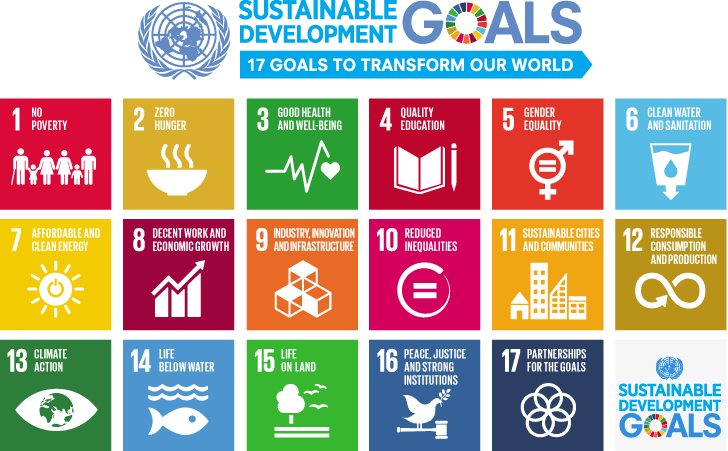
The usage of genome editing will play a big part in achieving these goals. Genome editing is the manipulation of specific genes and genomes using technology. The most popular genome editing technology used is called CRISPR (Clustered regularly interspaced short palindromic repeats). CRISPR has been found to help improve crops by making alterations that allow the plants to survive in unfavorable conditions and improving resistance to pests and other external stimuli that would normally damage the crop. CRISPR is now being used throughout the globe due to its ability to manipulate and edit multiple genes at once, the high speed at which it can operate, and the low cost of using this technique. Touching back to the topic of nutrition as mentioned before, CRISPR also helps enhance the nutritional contents of the crop by increasing the vitamin and mineral content of the food.8 This research was proven to be extremely beneficial for communities that face disparities and third-world countries, largely because of the increased nutritional content and increased shelf life. In an area in which food is scarce, the longevity of the sustenance can be the factor that determines one’s survival. This also allows first-world countries to provide more food in fewer trips, leading to less financial expenditure and fewer resources being used to transport food. The main component of CRISPR that increases the shelf life and the food’s condition after ripening is the synthesis of ethylene.9 The synthesis of ethylene projects a signal to induce or slow down the ripening, causing the shelf-life of the substance to increase.
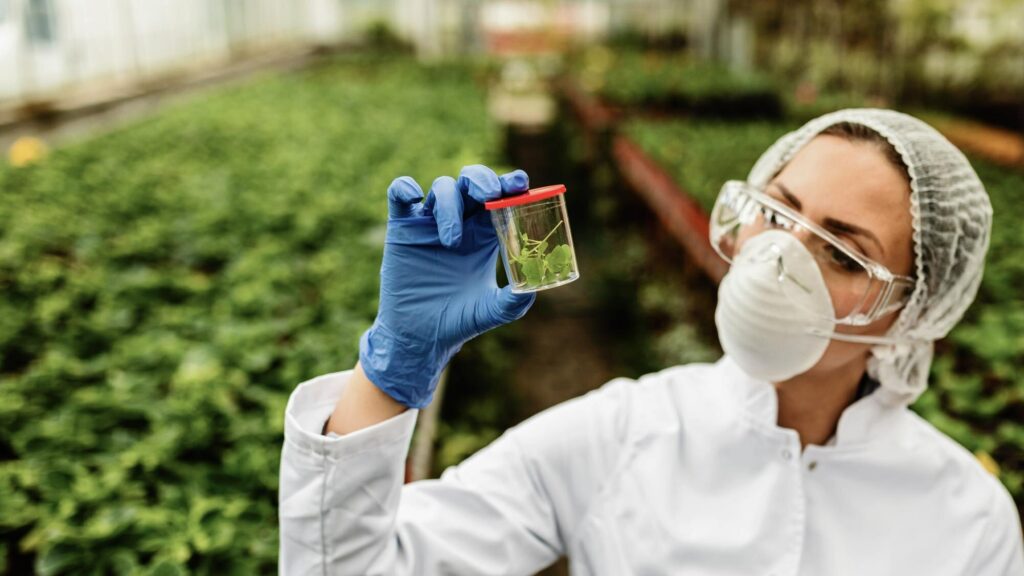
One major impact that CRISPR has had on gene editing on a nutritional scale is by altering maize or feed for livestock animals. CRISPR alters a lot of the protein storage components as corn typically has very low nutritional value. CRISPR activates a specific zein gene promoter that allows the maize to retain more protein and nutritional contents.10 A zein gene promoter serves to activate zein gene expression, which allows the gene to manipulate characteristics of the maize such as exterior hardness and internal nutritional content.11 Other enhancements made to the maize allow it to overcome unfavorable conditions like droughts and allow for the generation of high-yield quantities. In Zimbabwe, they were able to modify the maize enough that it was now yielding nearly 50% of the US-recommended allowance of vitamin A.12
An example of this was found in rice, where the gene was edited to enhance its vitamin and mineral content and sent to impoverished areas where people were generally malnourished. Rice makes up roughly 20% of “the world’s dietary energy supply” and is consumed daily by nearly half of the world’s population.13 Some of the improvements made by CRISPR include making the compound of higher quality and lower viscosity creating a low-amylose and glutinous rice. Genetically modified rice was one of the first crops that was specifically designed to combat malnutrition, due to the properties it held and because it was relatively easy to transport in copious quantities.14 A study was done in the Philippines where they saw the difference between a group of people who consumed the modified rice containing 1.79 mg iron per day from the rice, and compared it with a control group eating non-modified rice and saw that there was only 0.37 mg iron per day while consuming the same quantity.15 The difference in modification led to a nearly 500 percent increase in iron intake daily from rice alone. Health research shows that an average adult should be consuming at least 8 mg of iron daily.
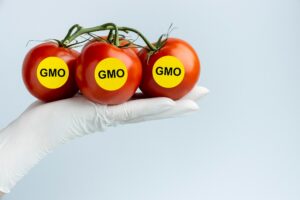
Another popular food that is a big part of genetic modification to combat malnutrition is tomatoes. That is because tomatoes are very widely consumed throughout the world, can be eaten in various ways, and are relatively inexpensive. Tomatoes also hold a lot of nutritional value as they have similar antioxidants found in cranberries and blueberries. Tomatoes were transformed using a bioactive compound found in grapes called Resveratrol.16 This allows the tomatoes to increase in retaining fluid, so they are juicy, increase their antioxidant capabilities, and allow the plant to not deteriorate as fast. Non-GM tomatoes typically had a 70% yield loss and had less nutritional value.17 Looking at this statistic from the perspective of someone living in a third-world country, we can see that having a lack of food is bad enough, but for the food available to also lack in nutritional content would damage the community members’ health and levels of productivity greatly. If they are not eating enough and consuming the right vitamins and nutrients, then they cannot develop properly as humans nor function properly as a society.
The impact of CRISPR in terms of yield has been astronomical throughout all crops, as more is being made, is lasting longer, and takes less time to make. Specific modifications made in different crops, allow the product to have a high tolerance for external stimuli such as bad weather or planting conditions and allow the product to make it to far away destinations without spoiling as fast.18 Some modifications specifically include traits like size, shape, grain length (if applicable), color, and an extended shelf life.19
GM cropping has been taking over the world because of its benefits and sustainability. In 1996, there were roughly 1.7 million hectares of land where GM was grown in 6 countries.20
In 2013, there were over 175 million crops grown in 27 countries.21 This technology is also helping all of the small farmers who previously had to worry about losing their crops and facing a financial burden. They now have a more reliable method, which not only yields more product but is also more popular due to its increased nutritional content. GM cropping is expanding at an unfathomable rate and for a good reason. Genetic modification of sustenance has been one of the greatest things for those living in impoverished areas or third-world countries. With the advancement in our technology, we are also making sure that we have a steady supply to fuel mankind for a long time, if not indefinitely.
- Erokhin, V., Diao, L., Gao, T., Andrei, J. V., Ivolga, A., & Zong, Y. (2021). The Supply of Calories, Proteins, and Fats in Low-income Countries: A Four-Decade Retrospective Study. International journal of environmental research and public health, 18(14), 7356. https://doi.org/10.3390/ijerph18147356. ↵
- Erokhin, The Supply of Calories, Proteins, and Fats in Low-income Countries. ↵
- Müller, O., & Krawinkel, M. (2005). Malnutrition and health in developing countries. CMAJ : Canadian Medical Association journal = journal de l’Association medicale canadienne, 173(3), 279–286. https://doi.org/10.1503/cmaj.050342. ↵
- Müller, Malnutrition and health in developing countries. ↵
- Smyth S. J. (2022). Contributions of Genome Editing Technologies Towards Improved Nutrition, Environmental Sustainability and Poverty Reduction. Frontiers in genome editing, 4, 863193. https://doi.org/10.3389/fgeed.2022.863193. ↵
- Smyth, Contributions of Genome Editing Technologies Towards Improved Nutrition, Environmental Sustainability and Poverty Reduction. ↵
- Smyth, Contributions of Genome Editing Technologies Towards Improved Nutrition, Environmental Sustainability and Poverty Reduction. ↵
- Smyth, Contributions of Genome Editing Technologies Towards Improved Nutrition, Environmental Sustainability and Poverty Reduction. ↵
- Liu, Q., Yang, F., Zhang, J., Liu, H., Rahman, S., Islam, S., Ma, W., & She, M. (2021). Application of CRISPR/Cas9 in Crop Quality Improvement. International journal of molecular sciences, 22(8), 4206. https://doi.org/10.3390/ijms22084206. ↵
- Hernandes-Lopes, J., Yassitepe, J. E. C. T., Koltun, A., Pauwels, L., Silva, V. C. H. D., Dante, R. A., Gerhardt, I. R., & Arruda, P. (2023). Genome editing in maize: Toward improving complex traits in a global crop. Genetics and molecular biology, 46(1 Suppl 1), e20220217. https://doi.org/10.1590/1678-4685-GMB-2022-0217. ↵
- Zhang, Z., Yang, J., & Wu, Y. (2015). Transcriptional Regulation of Zein Gene Expression in Maize through the Additive and Synergistic Action of opaque2, Prolamine-Box Binding Factor, and O2 Heterodimerizing Proteins. The Plant Cell, 27(4), 1162–1172. https://doi.org/10.1105/tpc.15.00035. ↵
- Ku, H. K., & Ha, S. H. (2020). Improving Nutritional and Functional Quality by Genome Editing of Crops: Status and Perspectives. Frontiers in plant science, 11, 577313. https://doi.org/10.3389/fpls.2020.577313. ↵
- Hefferon K. L. (2015). Nutritionally enhanced food crops; progress and perspectives. International journal of molecular sciences, 16(2), 3895–3914. https://doi.org/10.3390/ijms16023895. ↵
- Hefferson,Nutritionally enhanced food crops; progress and perspectives. ↵
- Ku, Improving Nutritional and Functional Quality by Genome Editing of Crops. ↵
- Krishna, R., Karkute, S. G., Ansari, W. A., Jaiswal, D. K., Verma, J. P., & Singh, M. (2019). Transgenic tomatoes for abiotic stress tolerance: status and way ahead. 3 Biotech, 9(4), 143. https://doi.org/10.1007/s13205-019-1665-0. ↵
- Krishna, Transgenic tomatoes for abiotic stress tolerance. ↵
- Camerlengo, F., Frittelli, A., & Pagliarello, R. (2022). CRISPR towards a Sustainable Agriculture. Encyclopedia, 2(1), 538–558. MDPI AG. Retrieved from http://dx.doi.org/10.3390/encyclopedia2010036. ↵
- Liu, Application of CRISPR/Cas9 in Crop Quality Improvement. ↵
- Nakai, S., Hoshikawa, K., Shimono, A., & Ohsawa, R. (2015). Transportability of confined field trial data from cultivation to import countries for environmental risk assessment of genetically modified crops. Transgenic Research, 24(6), 929–944. https://doi.org/10.1007/s11248-015-9892-6. ↵
- Nakai, Transportability of confined field trial data. ↵
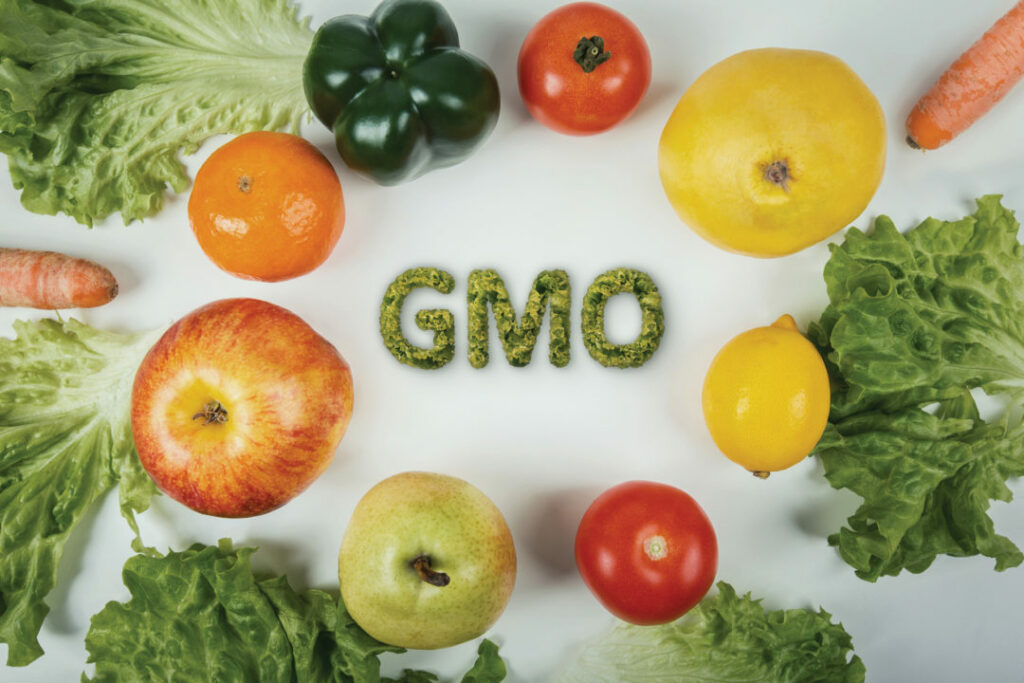

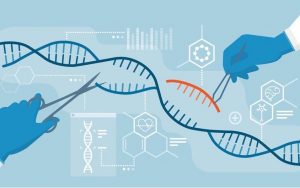
2 comments
mvega18
Nice article!
Mary-Arden Guillory
Very informative